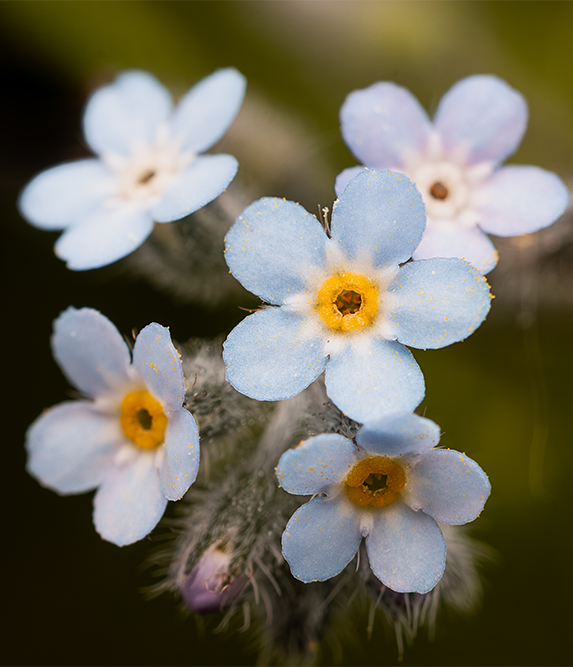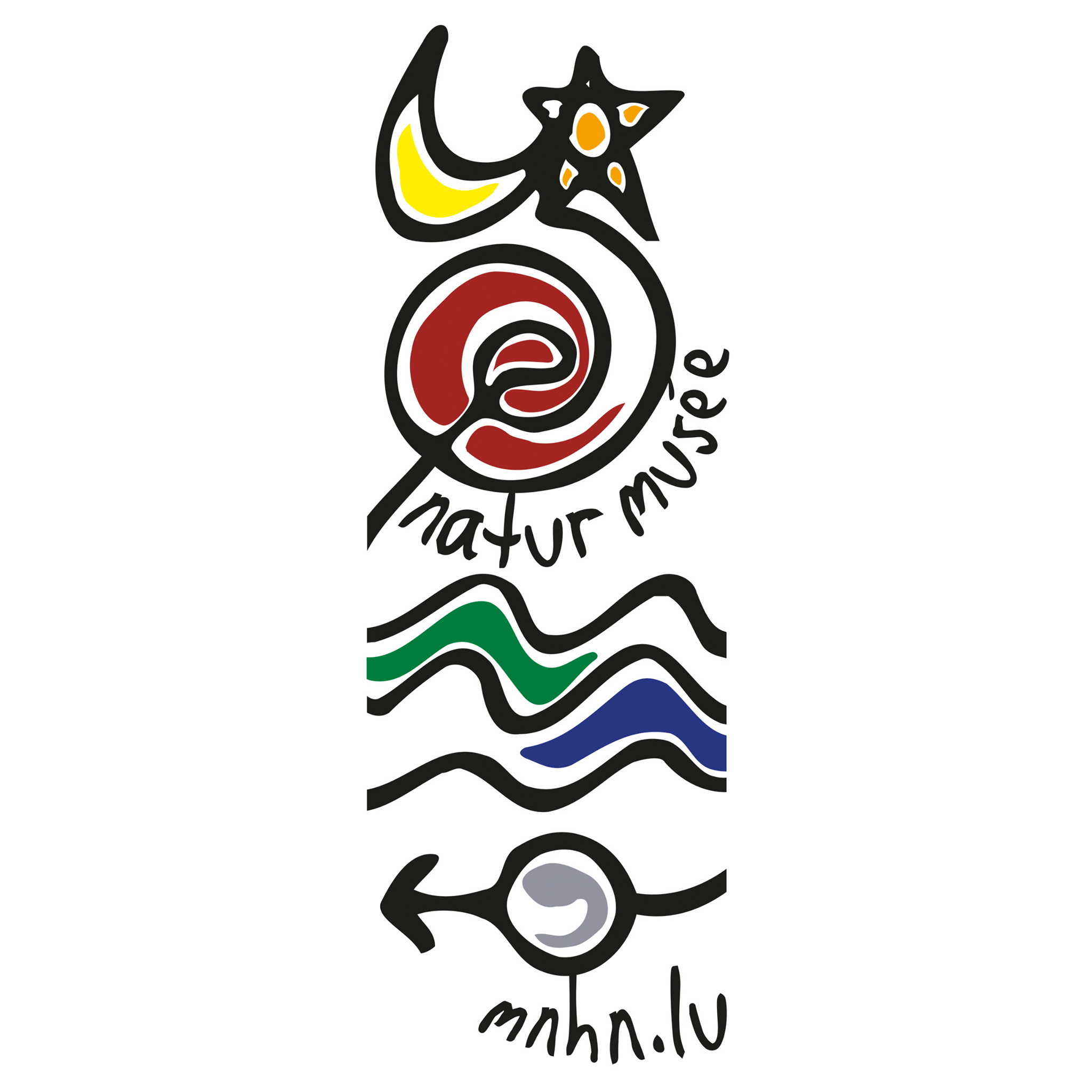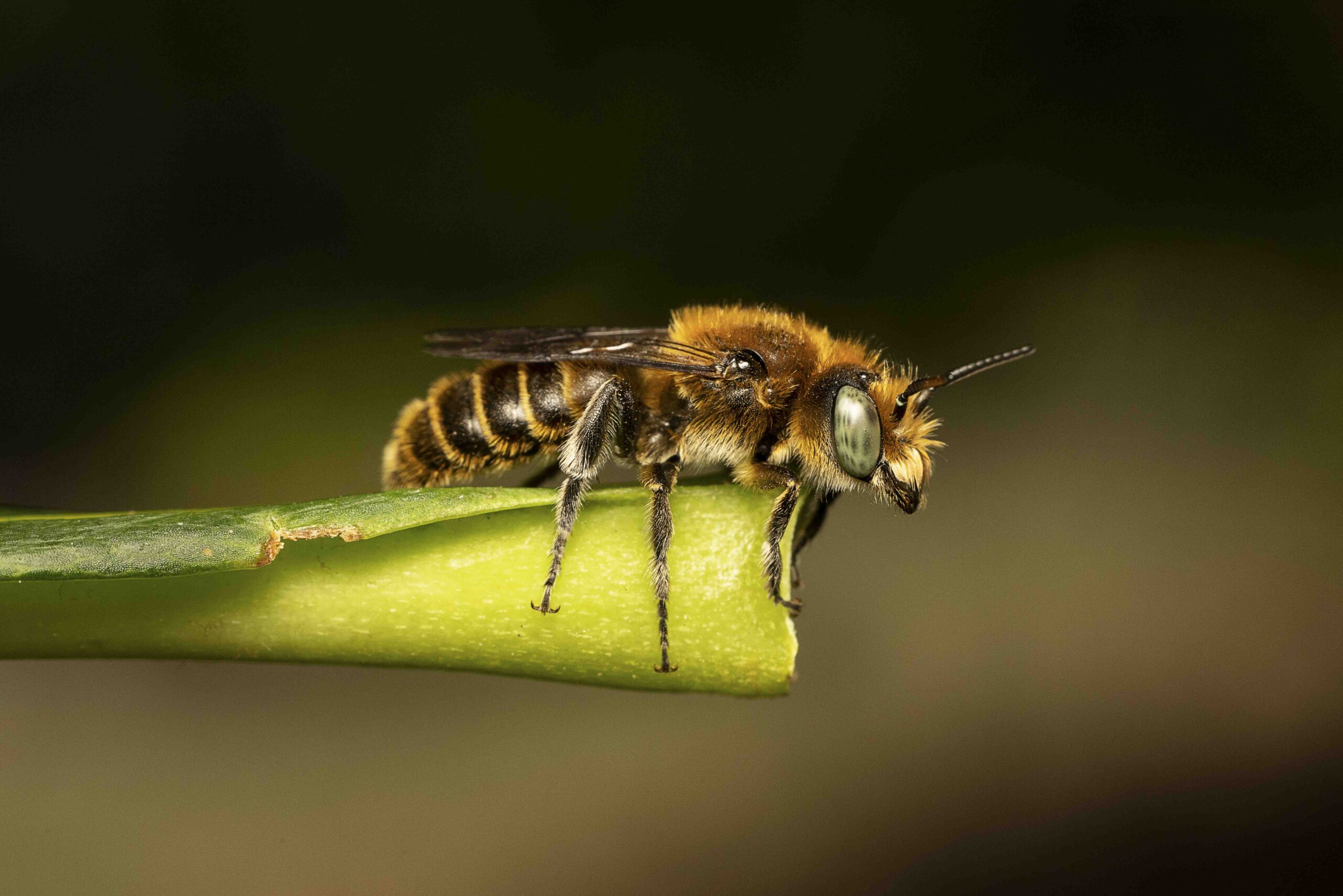Pollen library
Pollen library
Uncovering potential ecological interactions between local host flowering plants and their associated wild bee pollinators
Small plant particles
Pollen grains are small plant particles that can vary greatly in size, shape, colour and chemical composition. They are only made by seed-producing plants, either in the Stamen (in the case of angiosperm plants) or within the male cones (in the case of gymnosperm plants).
The function of pollen grains is to carry the male reproductive cells that contain key genetic information for plant sexual reproduction.
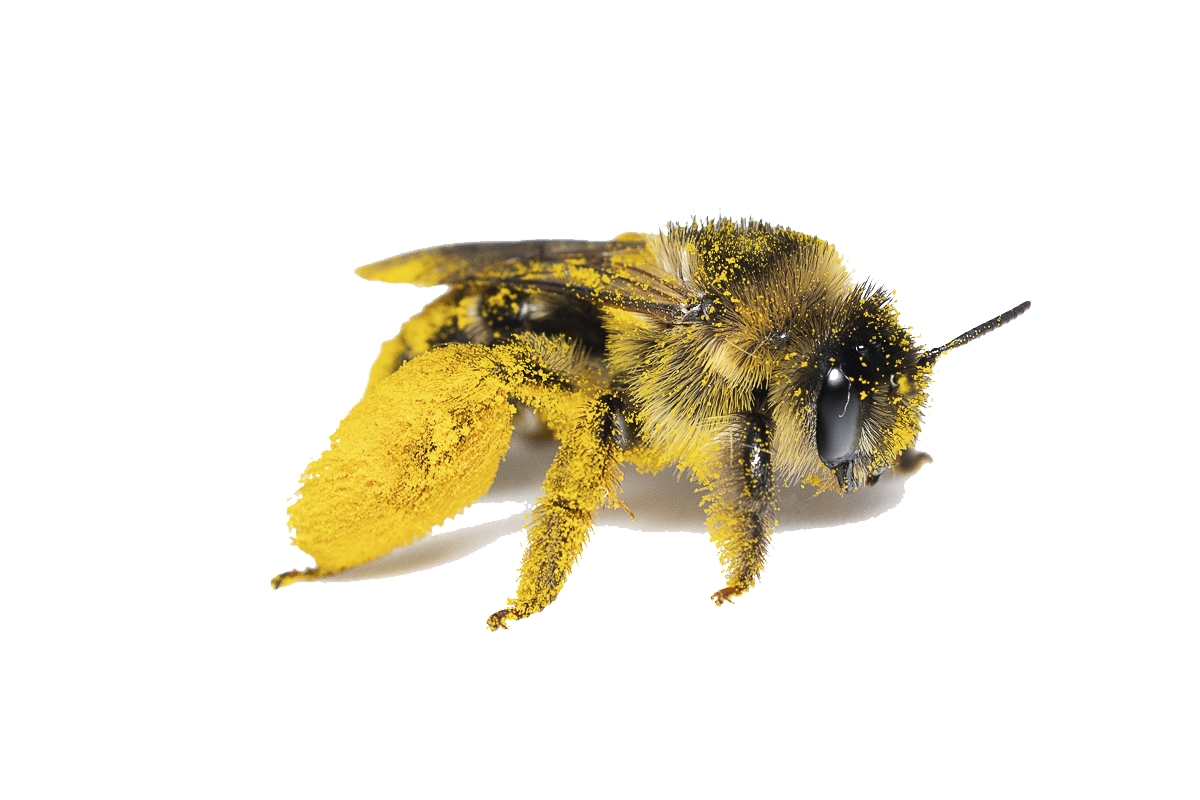
Without pollen grains, seed and fruit formation are just not possible.
Pollen can travel very long distances, carried either by the wind, water or animals, especially insects. In fact, it is a major evolutionary novelty that has allowed flowering plants to inhabit all continents, facilitating the colonisation of diverse terrestrial environments and promoting plant biodiversity.
“Without pollen grains, seed and fruit formation are just not possible.”
“Without pollen grains, seed and fruit formation are just not possible.”
Pollen can travel very long distances, carried either by the wind, water or animals, especially insects.
Beelibre’s pollen repository
Pollen sampling and storage.

1. Foraging female

1. Foraging female

2. Pollen extraction

2. Pollen extraction
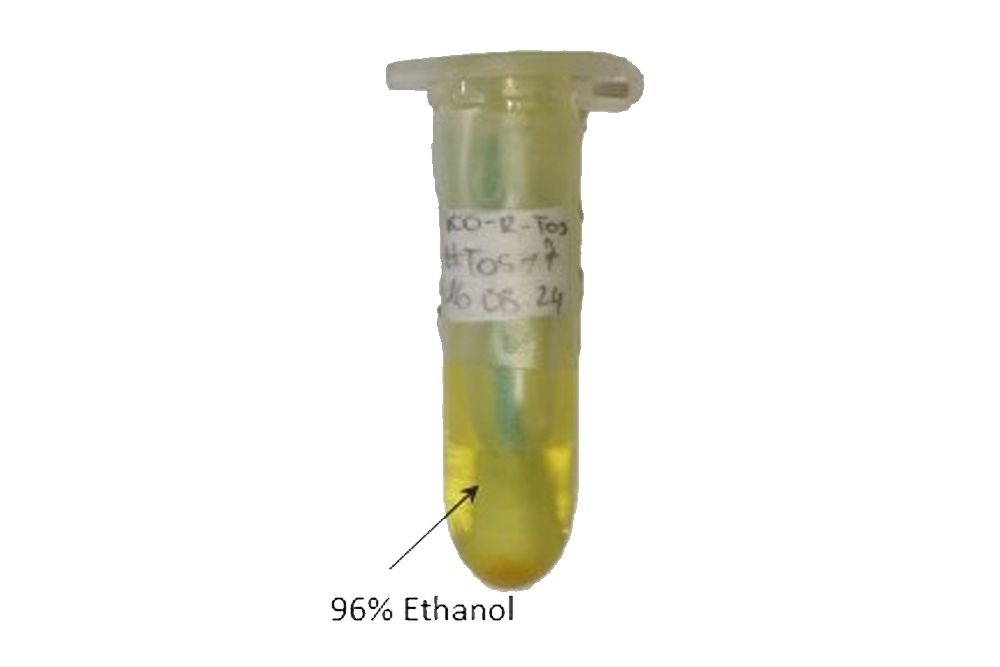
3. Collected sample

3. Collected sample

4. Long-term storage
Looking for available pollen samples ?
Looking for available pollen samples ?
![]()
Afterward, you can contact us to get more details on the specific information of these samples.
References
Dar, S. A., Hassan, G. I., Padder, B. A., Wani, A. R., & Parey, S. H. (2017). Pollination and evolution of plant and insect interaction. Journal of Pharmacognosy and Phytochemistry, 6(3), 304-311.
McCormick, S. (2013). Pollen. Current Biology, 23(22), R988-R990.
Thorp, R. W. (2000). The collection of pollen by bees. Pollen and pollination, 211-223.

